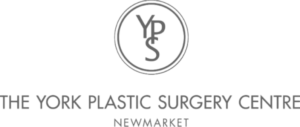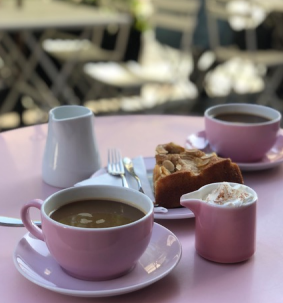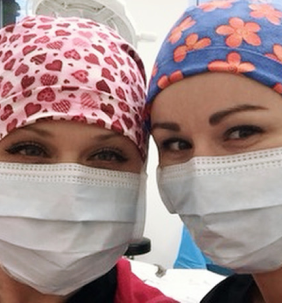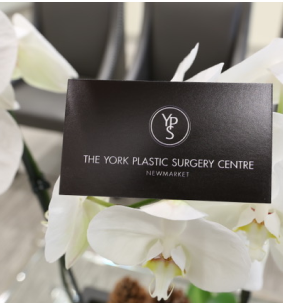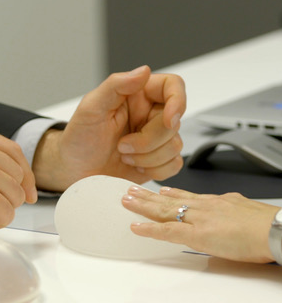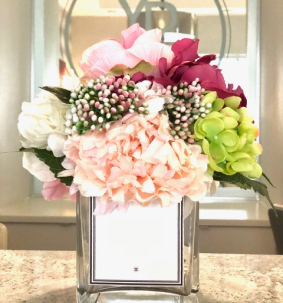The goals of tummy tuck surgery include the removal of as much excess skin and fat as possible, achieving results that look natural and not “operated on”, and enhancing the healing process. Over many years my techniques have evolved, and I find that the majority of my patients are not only thrilled with their results, but they heal quicker and with better scars. The following are techniques I have adopted to improve my outcomes.
-
Drainless technique:
-
Sequential tension closure:
-
Custom muscle tightening:
-
Umbilical contouring:
-
Liposuction contouring:
-
Pubic mound debulking:
-
Tissue shaping over the pelvic bones (iliac crests):
-
Advanced wound closure techniques:
-
Lower scar:
Early in my practice, I used drains for almost all tummy tuck procedures, but after learning the drainless procedure, I am convinced that I can achieve better results in most of my patients without drains. Regardless of whether drains are used or not, fluid collections (hematoma or seroma) can occur within the wound, so in my experience, they are not necessary. In most cases, the body absorbs the small amount of blood or inflammatory fluid within the wound.
This technique also called “quilting sutures”, involves closing the wound internally with sutures that re-attach the skin to the underlying muscle layer. Not only does this technique make it more difficult for fluids to accumulate within the wound, but it takes tension off the skin closure. The goal of minimizing tension on the skin is to decrease the risk of wound-healing complications that can lead to poor scars.
Not only do the vast majority of patients receive muscle tightening (rectus muscle plication) with my tummy tucks, but if there is residual muscle laxity, I also do additional tightening of the connective tissue (fascia) around the umbilicus and/or of the external oblique muscles on the lower abdomen.
A suturing technique is used to try and create a more natural appearance around the belly button so it does not look like a flat circle in the centre of the abdomen.
This optional procedure can further flatten the abdomen and define the waist. In my practice, I find that power-assisted liposculpture (PAL) provides good outcomes.
Many patients do not like the prominent or saggy appearance of their pubic mound (“fupa”) and want to make it flatter and higher. I routinely remove excess tissue in this area to make it more proportionate to the improved abdominal contour.
The iliac crests are aesthetic prominences on each side of the lower abdomen. One stigmata of a poorly done tummy tuck is excess fatty tissue being pulled over the iliac crests, which can make these natural prominences unnaturally large. I take care to debulk excess subcutaneous fat over these prominences. Another finesse technique, which to my knowledge, is not routinely employed by other surgeons, involves vertically scoring the deep layer of connective tissue (Scarpa’s fascia) within the tissues that I drape over the iliac crests. This allows the tissue to thin out further over the crests, which further improves the contour.
There have been many advancements in wound closure, including antibiotic-impregnated sutures, which decrease the risk of infection, and barbed sutures that eliminate the need for suture knots that can extrude (“spit”) from the wound. Strong adhesive skin mesh-adhesive systems are available to seal the wound plus reduce tension on the incision, to help with healing. I use all of these wound closure systems routinely in my practice, with the goal of minimizing the risk of complications and maximizing wound healing potential.
I endeavour to make the scar low on the abdomen, always below any existing c-section scar. This avoids pulling the hair-bearing pubic skin upward onto the abdomen, which is not aesthetically pleasing. Although the exact position of the scar varies from patient to patient, the goal is to try to hide it under typical undergarments.
All of these techniques add significant time to my tummy tuck procedures but after many years of refining this operation, I have been rewarded with high patient satisfaction and low revision rates.

